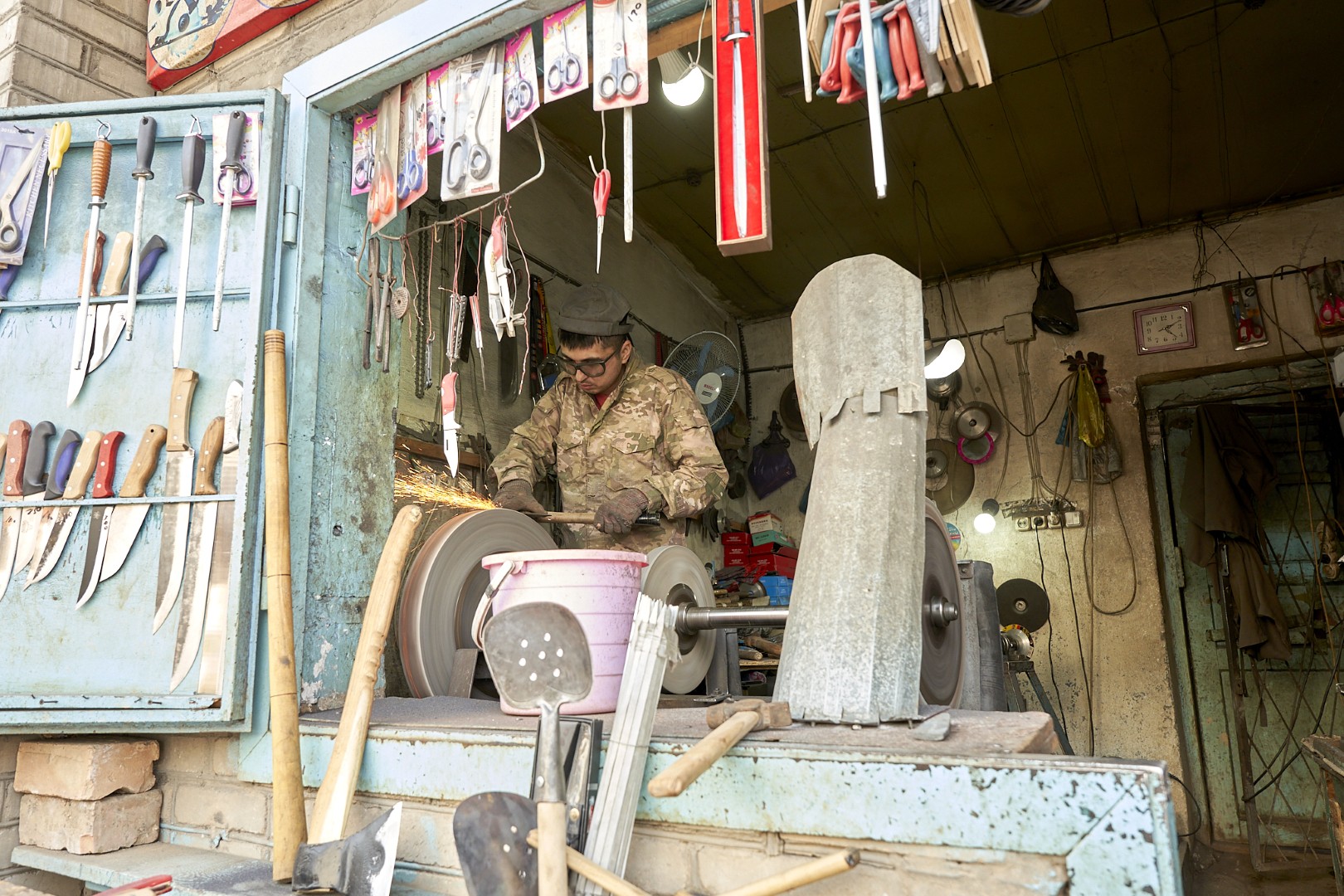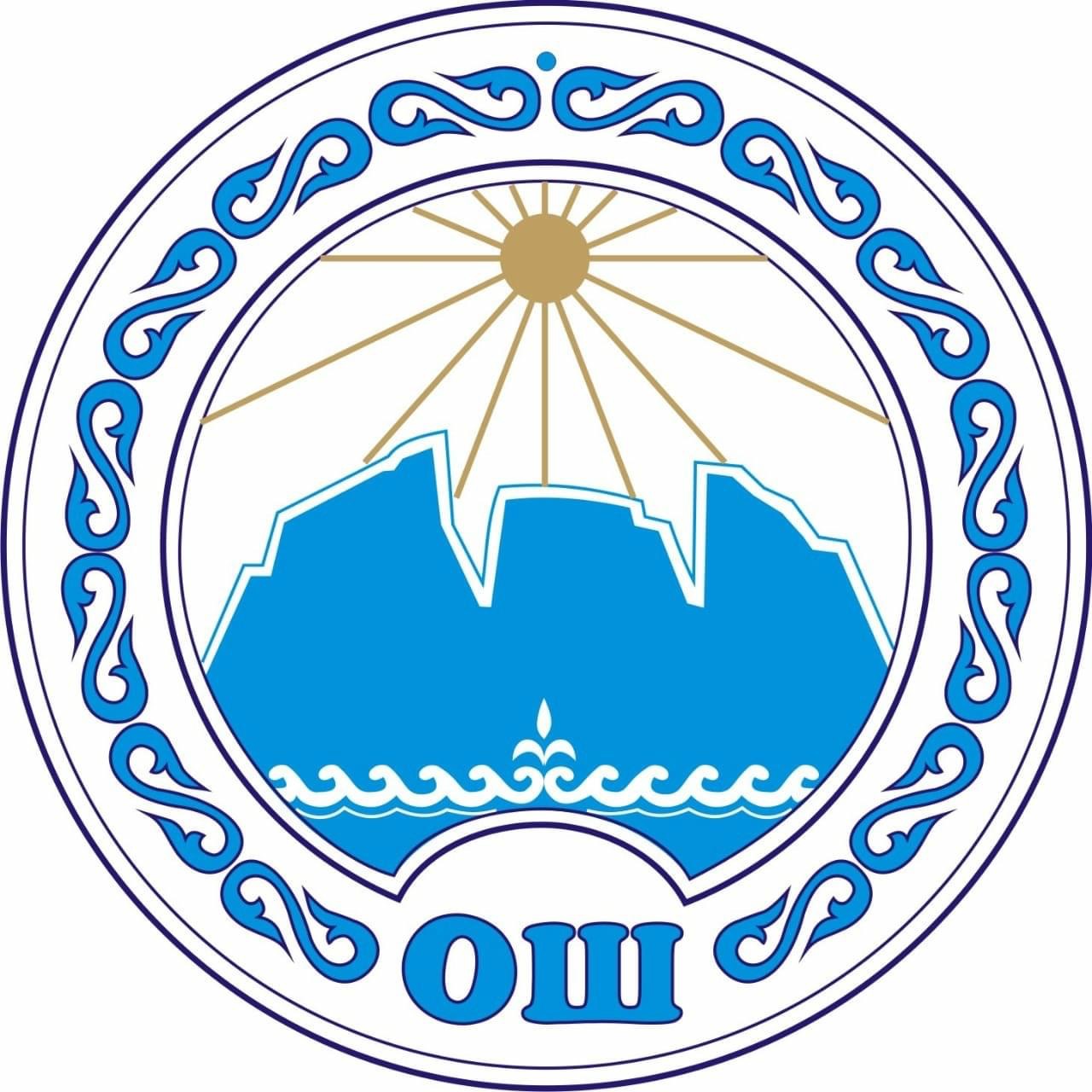

Entrance fee – no fee

10:00 – 16:00

No closing days
Add to My Tour
Artisans
The old bazaar is famous for its artisans, who cherish and preserve the secrets of their handicrafts, and whose wares are still in demand among the locals. They are valued over mass-produced alternatives for their quality and durability.
In today’s hardware stores, you won’t find many of the items needed by local chefs and bakers. Only in the old bazaar can you find chekiches, the wood-handled iron stamps with which bakers decorate their flatbreads before sending them to bake in a red-hot tandoor. Teapots, samovars and other kitchen utensils are still brought to the masters in the old blacksmith rows, behind the counters of bright oriental fabrics, where they skillfully restore them, leaving metal staples on the products as a keepsake. The old masters can often be found greeting return customers with a smile, squinting as sunlight glints off metalwork, deftly giving a second life to a pot-bellied teapot.
Just behind them under the canopies hang ready-made wooden cradles (beshik). Their shape and purpose have not changed at all in a thousand years! Beshiks vary slightly in design, pattern, carvings and colors. The main feature of a beshik is comfort for a child and convenience for its caregiver. Beshiks for girls and boys do not differ fundamentally, apart from patterns and the design of their velvet bedspreads. There is a special opening in the bedframe that keeps the baby dry and neat.
The typical arched frame of a beshik has not changed in hundreds of years. Beshiks are traditionally made of willow, spruce, and pinewood boughs. Traditionally, beshiks are made by several generations of the same family. Each family member has their own duties, but the eldest is always in charge and knows all the secrets of their craft.
Not far from the beshik sellers, you will find sellers of saddles and harnesses, bridles, spurs, and in general, all the items and accessories necessary for keeping and driving horses. All this was traditionally sold at the old caravansaray, which today has been converted into a cafe.

Locations Nearby
-

History of the Bazaar
Osh’s old bazaar dates back to the founding of the city, some three thousand years ago. Today, many of the smaller local bazaars have disappeared…
-
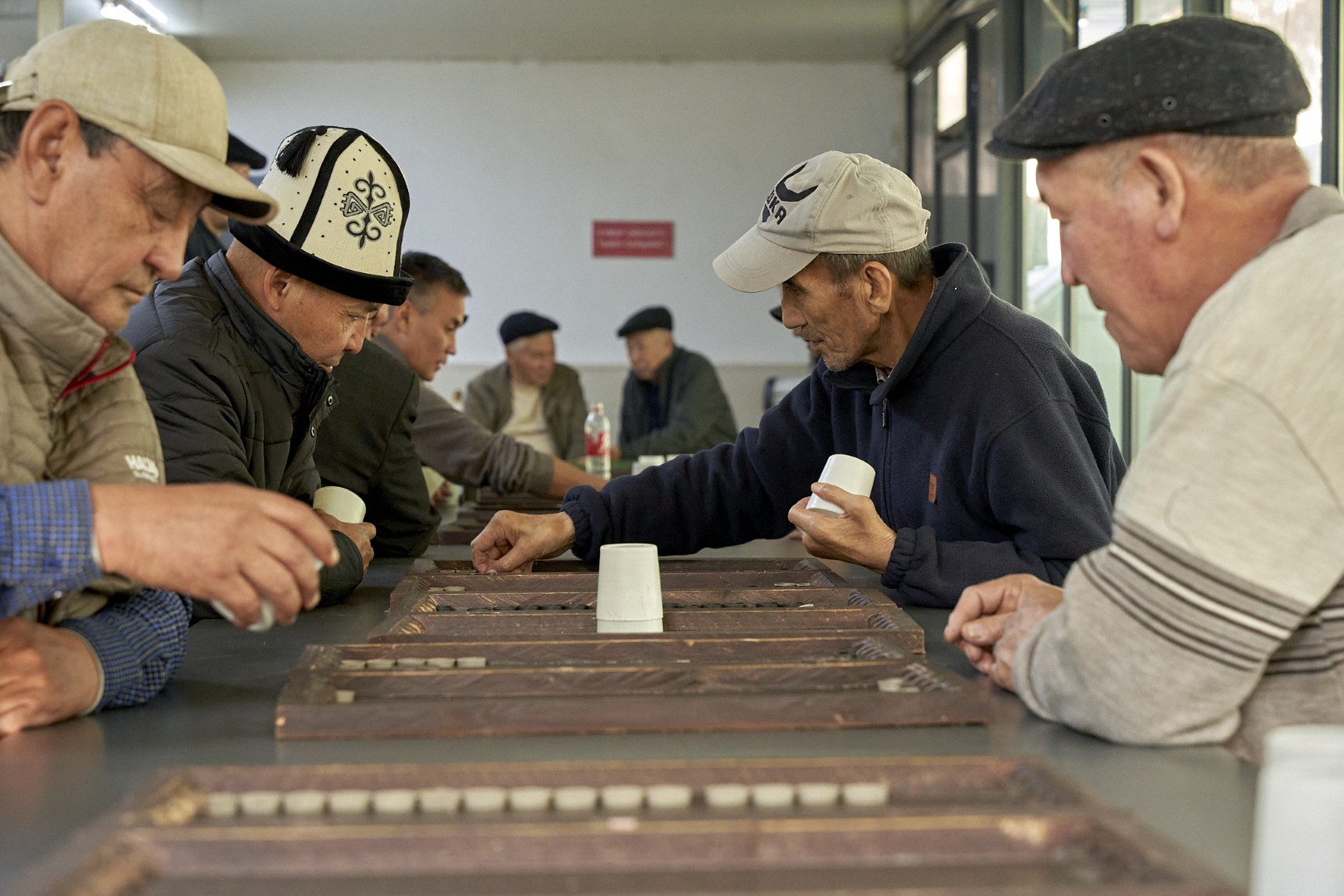
Diversity
Start your leisurely stroll through the old bazaar with a piala, the traditional teacup, of fragrant green tea. Stop by one of the local teahouses…
-
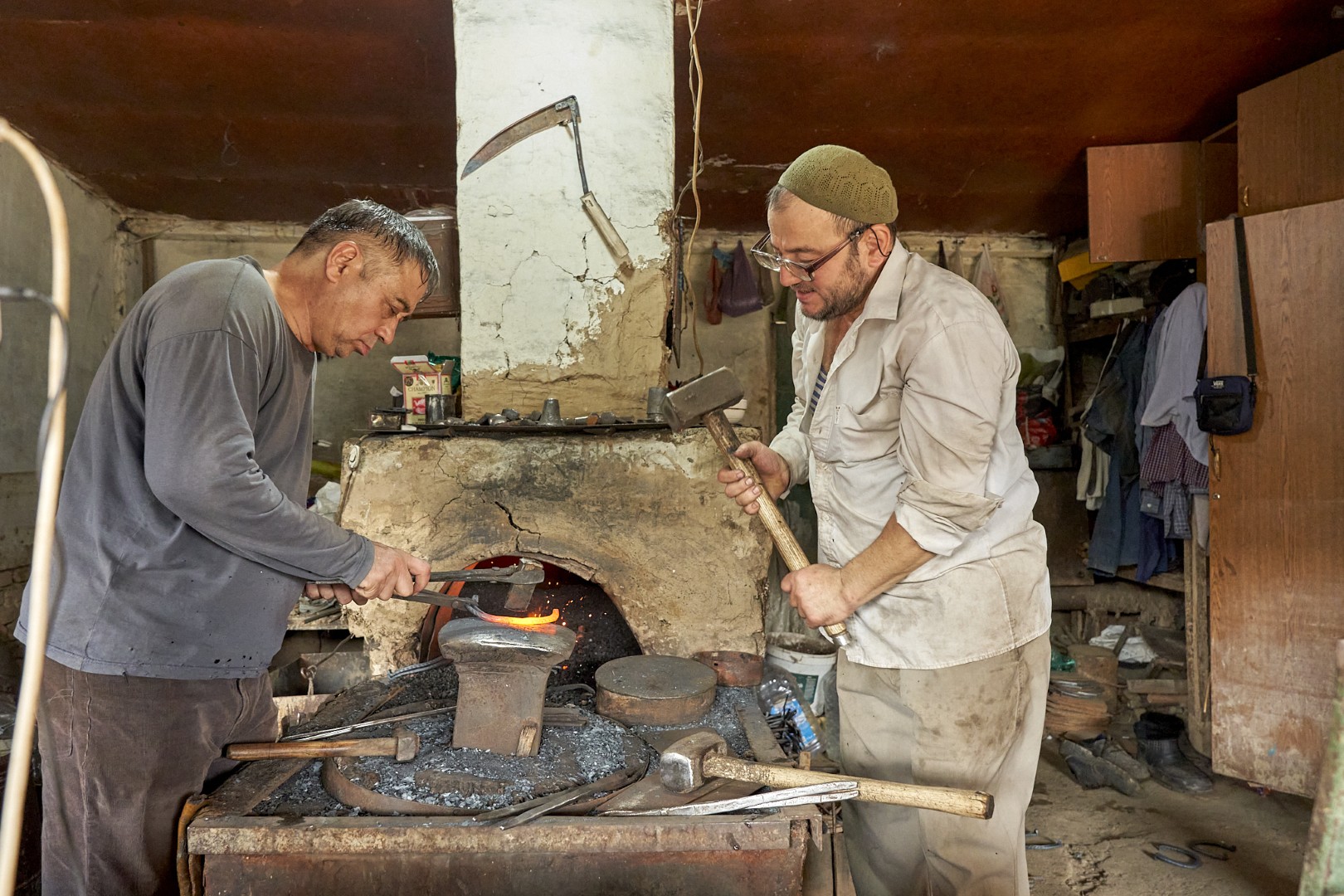
Blacksmiths’ Row
The blacksmiths’ row is situated on the bank of the Ak-Buura, in the most colourful part of the old bazaar, as it has been for…
-

Artisans
The old bazaar is famous for its artisans, who cherish and preserve the secrets of their handicrafts, and whose wares are still in demand among…
Other Locations
-
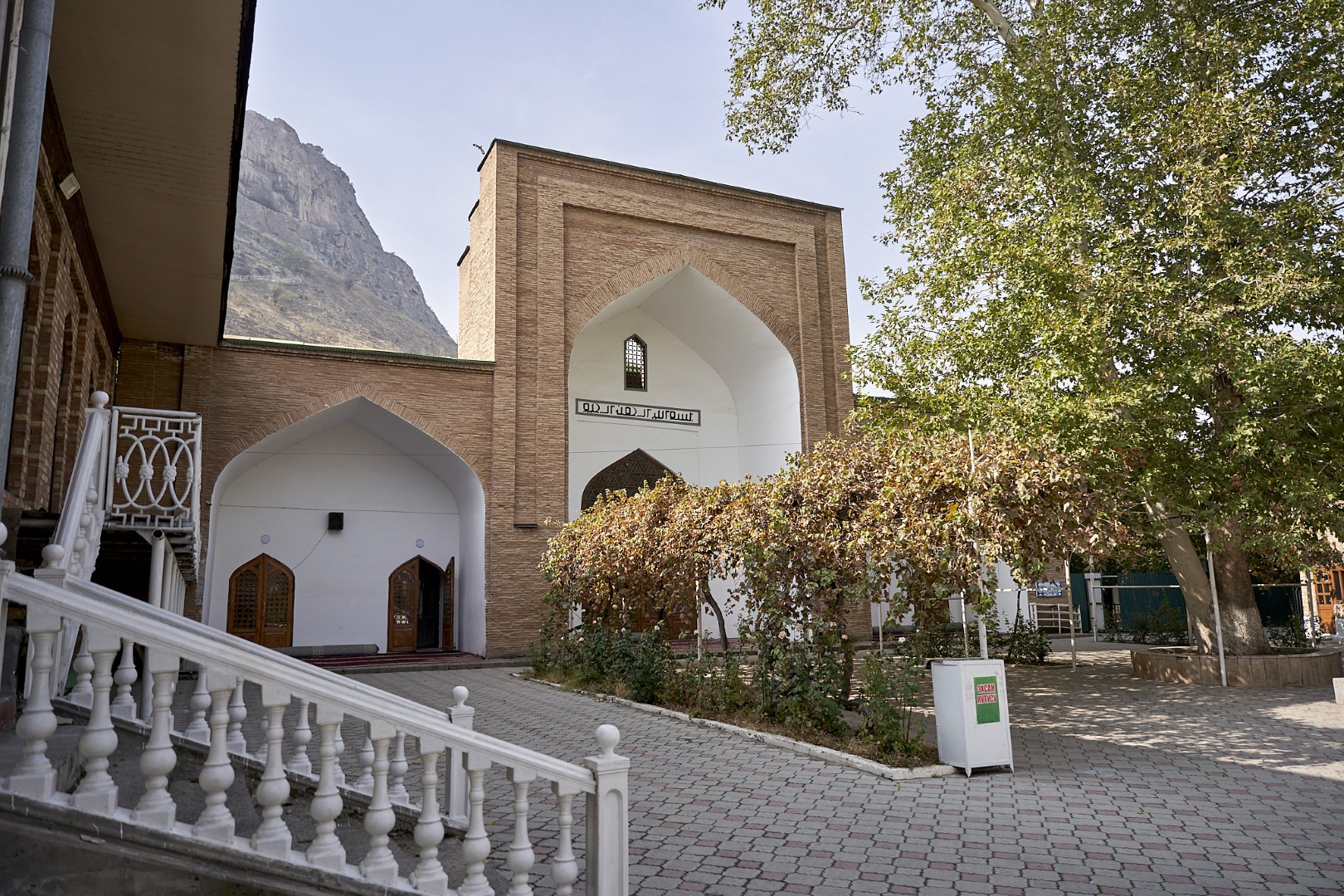
Rabat Abdullah Khan Mosque
Rabat Abdullah Khan Mosque, a historical and architectural monument of the Shaybanid era, is located at the northern foot of the Suleiman Mountain.
-
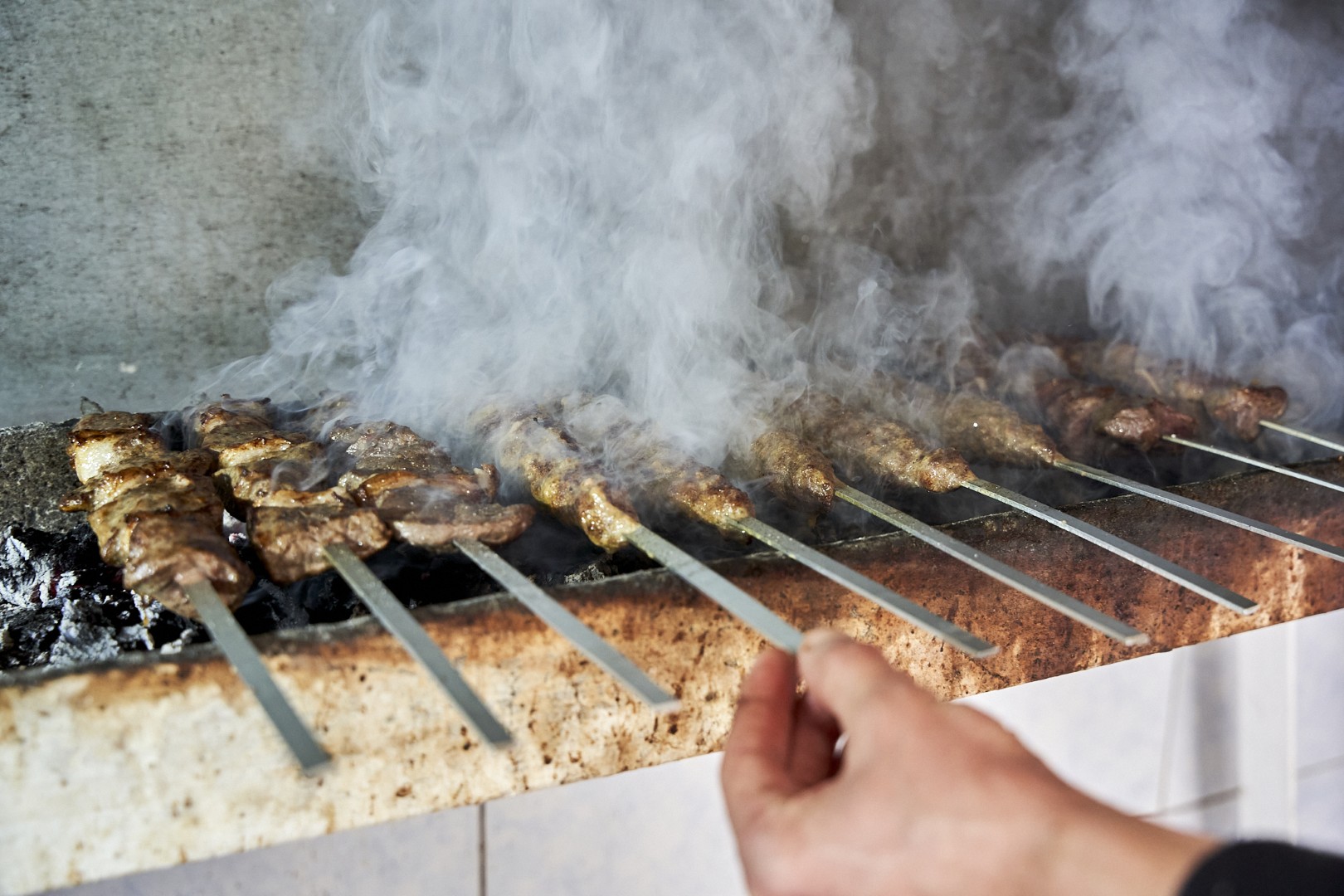
Shashlik!
Shashlik! This delicious dish, beloved all over Central Asia, is an Osh specialty for good reason. Almost every cafe offers many kinds of shashlik. There…
-
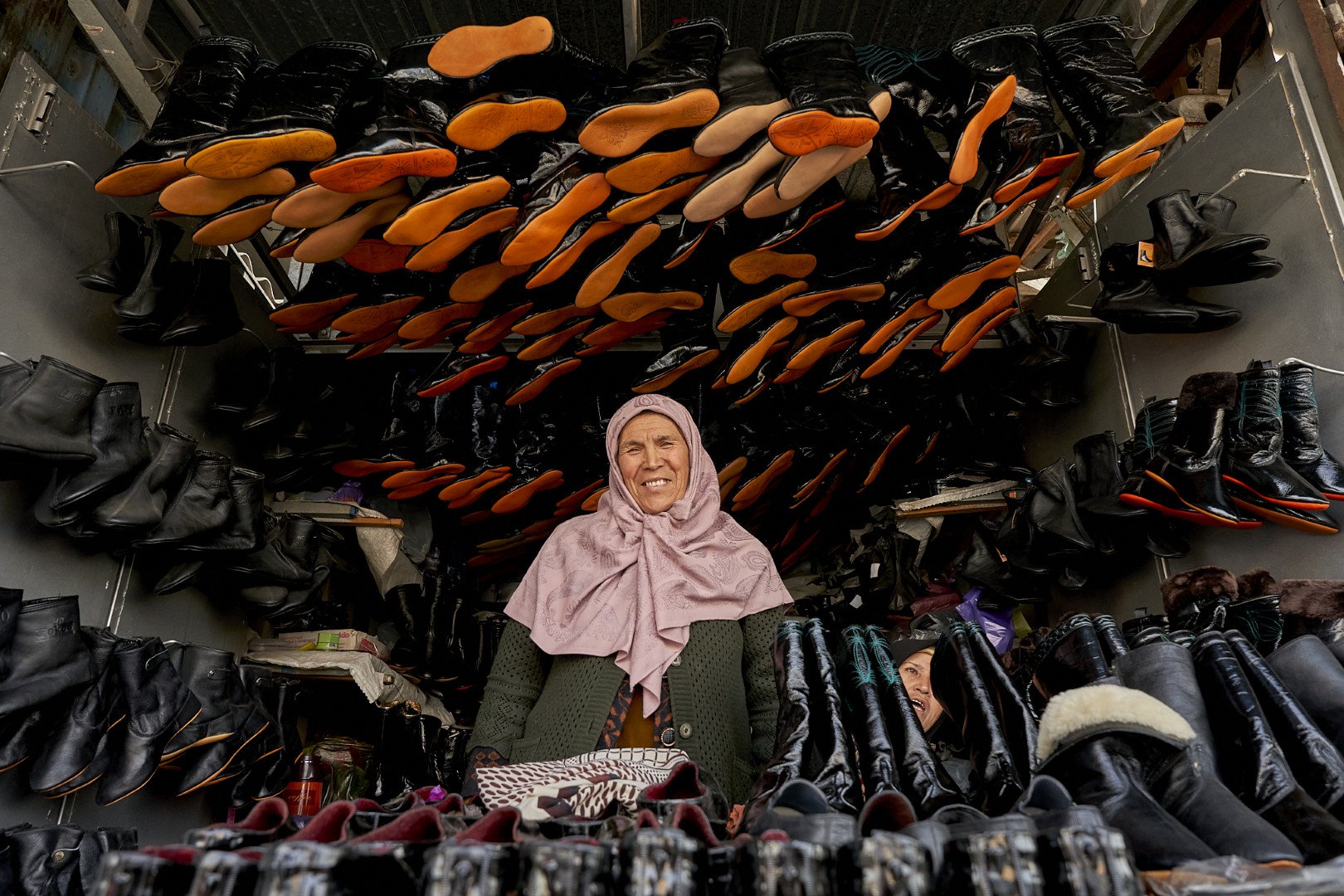
Teshik-Tash
Teshik-Tash is one of the oldest and most colorful passageways to the bazaar, dating back to ancient times. Long ago, it was the most common…
-
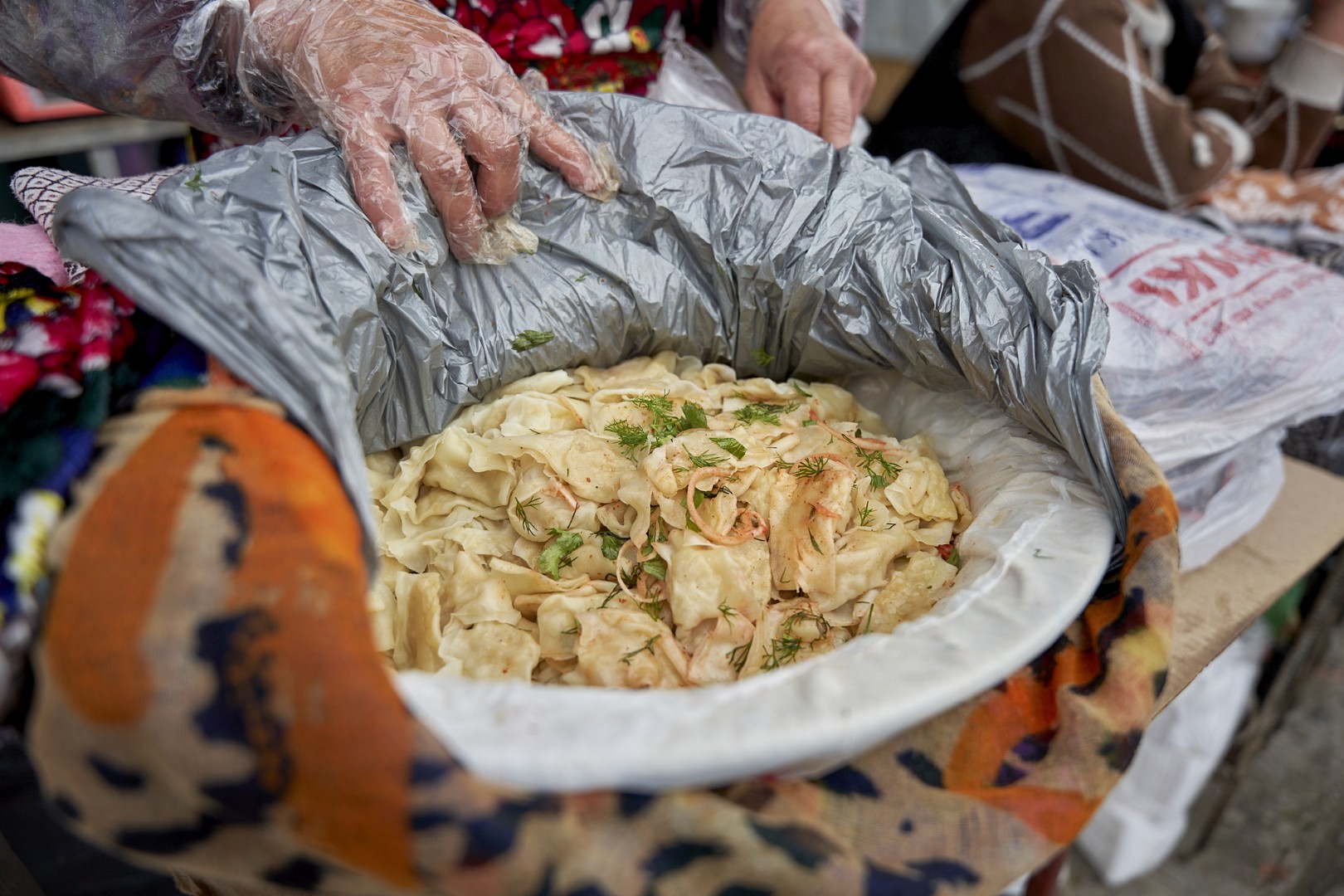
The smallest manti
Maida manti is the most popular vegetarian dish in Osh cuisine. In the past, they were called “Chychkan-manti” (or “mouse-manti”) because of their small size.…
